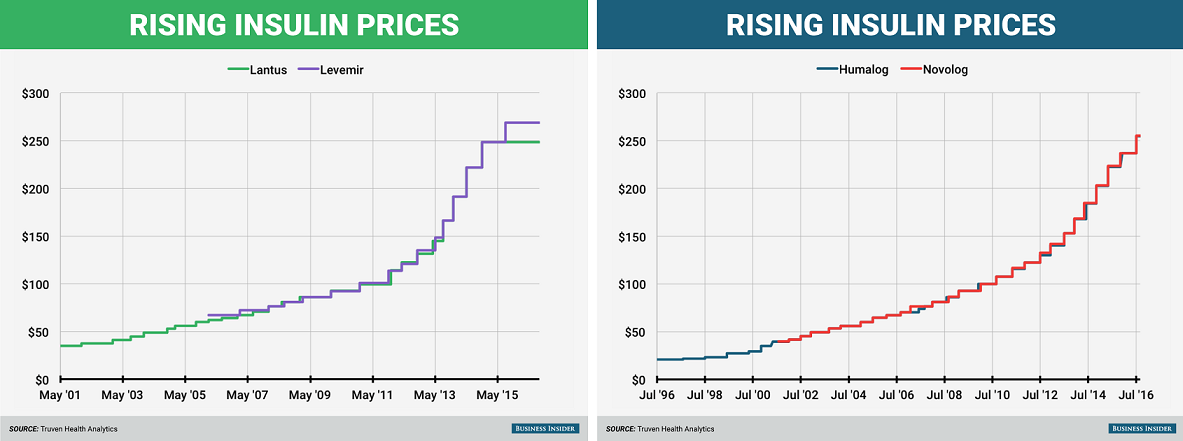PIKE COUNTY, Ky. (WYMT) – Every year, an estimated 27,000 people in Kentucky are diagnosed with diabetes.
More than 500,000 Kentuckians are currently living with diabetes.
“You don’t really realize how common it is,” said Sabrina Tackett.
That increasing number comes with a hefty price tag as the cost of insulin continues to increase.
“If you just saw me at Walmart, you don’t see it,” Tackett said.
Insulin is a hormone that works by lowering levels of glucose (sugar) in your blood.
Senate Bill 69, backed by a bipartisan group of lawmakers, would cap out-of-pocket costs for insulin.
Tackett was diagnosed with type one diabetes at 15-years-old.
“I have to check my blood sugar when I wake up, before breakfast, after breakfast, before lunch, and after lunch, before dinner, after dinner, and before bed,” explained Tackett.
Since her diagnosis, her life revolves around this routine.
“I have two children and if I’m out playing with them and I feel funny, I have to test again,” Tackett pointed out.
She told WYMT she knows all too well the struggles of paying for insulin.
“Between me and my parents, we have spent over $68,000 on just this one insulin,” said Tackett. “I could buy a house.”
The bill would cap insulin co-pays at $100 for a 30-day supply.
“Sometimes even when you do have good insurance, the cost of insulin could run into the hundreds of dollars a month,” Senator Phillip Wheeler said.
Wheeler is the senator for the 31st district.
“I just don’t think any working-class Kentuckian should be forced to make choices like that,” Wheeler pointed out.
It is those choices, Tackett said, she can not stomach the thought of.
“The community of type one diabetics is getting thinner and thinner because of the price,” said Tackett.
She said this bill could be life-saving.
“This bill could change the world in my eyes, you know?” said Tackett.
The bill’s lead sponsor, Republican Rep. Danny Bentley, says the price of insulin has skyrocketed by more than 550% in the last 14 years.
Tackett takes Basaglar (long-acting basal insulin used to control high blood sugar) and Apidra (an injection that contains insulin glulisine).
She needs to take 40 units of Basaglar every night. This dosage fluctuates depending on her Hemoglobin A1C. Each pen comes with 100 units inside.
“I use $316 every two and a half days,” Tackett pointed out.
The bill is supported by Kentucky Gov. Andy Beshear. The Democratic governor has urged the GOP-led legislature to “fight back” against high insulin prices by passing the measure.
The bill would apply only to commercial health insurance plans.
There is another senate bill Sen. Wheeler mentioned.
It is called Senate Bill 23.
Senate Bill 23 is a bill aimed at creating an emergency insulin fund for working-class families in Kentucky.
The idea behind the bill, which would not create an additional cost to the taxpayer, imposes a fee upon those who either manufacture or distribute insulin within the commonwealth.
Sen. Wheeler said it would create a fund so working-class families will have access to their last saving medications by permitting them to access an emergency 30 day supply at any pharmacy funded by this fee on the insulin prescriptions.
According to Sen. Wheeler, “working-class families” are people who may be in too high on an income bracket to qualify for Medicaid assistance but has either insurance policies with extremely high deductibles or are in between jobs.
Please comment on this post. Thank you. #buckroth





